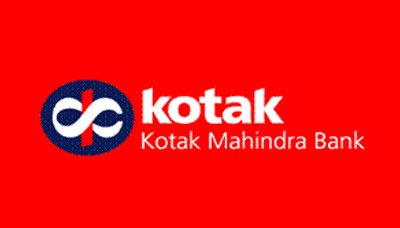Report: Financial Services That Meet Women’s Real Needs Represent Large Market Opportunity
Using behavioral data, new report provides insights on how financial services providers can help close the financial gender gap in India
MUMBAI: BFA (Bankable Frontiers Associates) today released “A Buck Short: What Financial Diaries Tell Us About Building Financial Services That Matter to Low-Income Women”. The research report, which was sponsored by Omidyar Network, explores why women in emerging economies don’t access and use formal financial services to the extent of their male counterparts. Through the analysis of behavioral data from deep engagements with low-income, economically active women, the report identifies leveraging women’s social networks, tailoring tools to manage day-to-day transactions, and creating new digital, branchless platforms as some of steps needed to better cater to the 280 million women who are currently excluded from India’s formal financial system.
Even though the PMJDY (Pradhan Mantri Jan-Dhan Yojana) government program has helped reduce the financial gender gap by 20 percent since its inception, in 2015, India still registered an 8 percent discrepancy in access to financial services between men and women and a 14 percent difference in usagei. Estimates show that closing the gender gap could help financial services providers in the country unlock INR 280,000 crore–about $40 billion—in savings balances aloneii.
“India has made strides to narrow the gender gap in access to financial services in the past few years; however, it is still significant, with one out of four excluded women in the world being Indian,” said Roopa Kudva, partner at Omidyar Network. “Understanding the barriers holding women back and designing financial products that help address them is not only the right thing to do, but also a good business opportunity for financial services providers.”
“The reality is that traditional bank accounts just aren’t that useful for a lot of women who move in and out of the workforce, earn very little money, and are typically managing day-to-day cash flows rather than big, long-term investments with their savings,” explained Julie Zollmann, senior associate at BFA and co-author of the research. “For financial service providers, this means building even lower cost tools to solve women’s money problems.”
Between 2013 and 2015, the financial gender gap in ownership of savings accounts has reduced from 17 to 11 percent in India. But more can be done, as women’s exclusion persists across income and education levels in the country, with 50 percent of women who earn more than INR 167—$2.50—per day and 45 percent of women with a college education being still financially excludedii. Understanding the reasons behind this disparity is exactly where the behavioral insights brought by “A Buck Short” can be helpful to financial services providers.
Following the Financial Diaries methodology, the data analyzed in “A Buck Short” include both rich stories and detailed cash flows over time, offering a more nuanced view of surveyed women’s financial behavior, highlighting key differences from men’s, and uncovering compelling product design recommendations. Among the findings and recommendations provided in “A Buck Short” are:
|
Behavioral Finding |
Product Design Recommendation |
||
|
• |
Women play defense in the household, doing a lot of backstopping, stretching budgets, and stepping in when men do not meet expected financial obligations. Men are culturally encouraged to play offense, responsible for growth-oriented investments that position the family for future prosperity. |
• |
Offer bWetter tools to manage day-to-day transactions and flexible financing to address stretching and gap filling needs. |
|
• |
Women’s networks tend to be horizontal—which can be limiting when it comes to monetizing relationships. Men tend to pursue more vertical social networks, preferring to build relationships with those of higher standing, who might be able to offer them new job connections, investment opportunities, etc. |
• |
Leverage women’s social networks as a channel to offer new products and build financial literacy. Exposure to new earning and investments are opportunities for growth. |
|
• |
Women tend to earn lower incomes than men and to move in and out of the workforce several times over the course of their lives. |
• |
Build financial services with fee structures that caters to smaller balances and transaction sizes. Digital channels can reduce costs, enabling such services to also make business sense. |
|
• |
Economic geography can be more restrictive for women. In Mexico, for example, 82 percent of women’s total spending took place inside their communities, while men did a greater proportion of their total spending farther away, at a distance beyond a 30-minute walk from home. |
• |
Look to digital and other branchless ways to serve women closer to their homes. |
The behavioral insights uncovered by “A Buck Short” also hint interventions policymakers looking to promote financial inclusion in India can carry forward, such as mandating that direct benefit transfers be deposited into women’s accounts and that providers better track gender-specific financial data.
The full “A Buck Short” report can be downloaded at: www.omidyar.com/insights/what-financial-diaries-tell-us-about-building-financial-services-matter-low-income-women
An infographic with other financial gender gap data in India is available at: www.omidyar.com/spotlight/what-size-financial-gender-gap-india
Financial Services To Meet Women’s Real Needs






